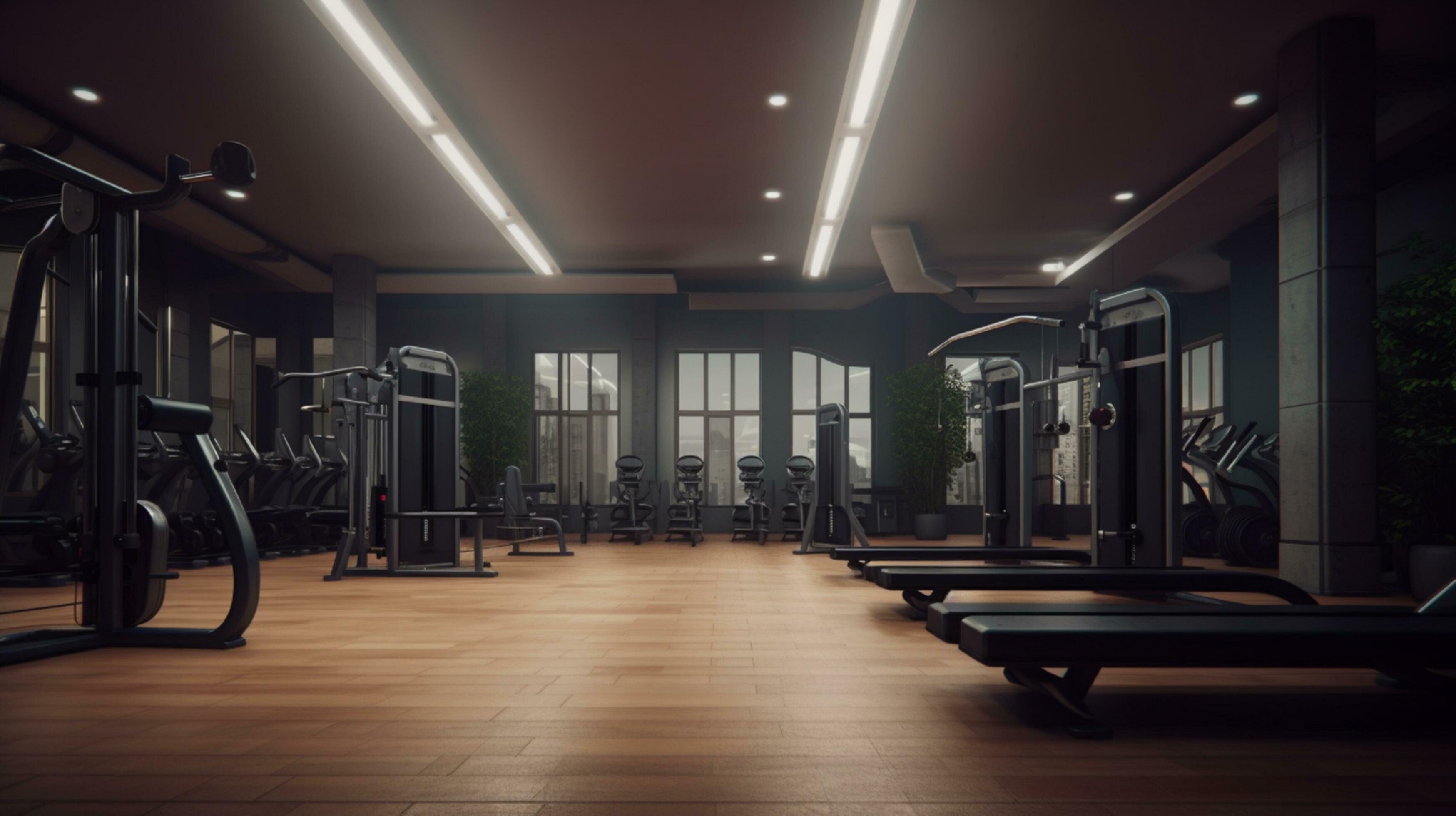Skip to product grid
-


Golden Design Maxxus 3 Person Low EMF FAR IR Sauna (MX-K356-01)
Regular price $3,299.00Sale price $3,299.00 Regular price -


Golden Design Maxxus 3 Person Low EMF FAR IR Sauna (MX-K306-01)
Regular price $2,999.00Sale price $2,999.00 Regular price -


Golden Design Maxxus 2 Person Low EMF FAR IR Sauna (MX-K206-01)
Regular price $2,699.00Sale price $2,699.00 Regular price -


Golden Design Maxxus "Bellevue" 3 Person Low EMF FAR IR Sauna (MX-J306-01)
Regular price $2,699.00Sale price $2,699.00 Regular price -


Golden Designs Maxxus "Seattle" 2 Person Low EMF FAR IR Sauna (MX-J206-01)
Regular price $2,299.00Sale price $2,299.00 Regular price -


Golden Designs "Reserve Edition" 3 Person Full Spectrum with Himalayan Salt Bar (GDI-8030-03)
Regular price $4,999.00Sale price $4,999.00 Regular price -


Golden Designs "Reserve Edition" 2 Person Full Spectrum with Himalayan Salt Bar (GDI-8020-03)
Regular price $4,499.00Sale price $4,499.00 Regular price -


Golden Designs Dynamic "Bergamo" 4 Person Low EMF Far IR Sauna (DYN-6440-01)
Regular price $3,299.00Sale price $3,299.00 Regular price -


Golden Designs Dynamic "Lugano" 3 Person Low EMF Far IR Sauna (DYN-6336-02)
Regular price $2,699.00Sale price $2,699.00 Regular price -


Golden Designs Dynamic "Heming" 2 Person Low EMF Far IR Sauna (DYN-6225-02)
Regular price $2,699.00Sale price $2,699.00 Regular price -


Golden Design Dynamic "Venice" 2 Person Low EMF Far IR Sauna (DYN-6210-01)
Regular price $2,499.00Sale price $2,499.00 Regular price -


Golden Designs Dynamic "Cordoba" 2 Person Ultra Low EMF FAR IR Sauna (DYN-6203-01 Elite)
Regular price $2,499.00Sale price $2,499.00 Regular price -


Golden Designs Dynamic "Versailles" 2 Person Low EMF Far IR Sauna (DYN-6202-03)
Regular price $2,299.00Sale price $2,299.00 Regular price -


Golden Designs Dynamic "Gracia" 1-2 Person Low EMF FAR IR Sauna (DYN-6119-01)
Regular price $1,999.00Sale price $1,999.00 Regular price -


Golden Designs Dynamic "Barcelona" 1-2 Person Low EMF Far IR Sauna (DYN-6106-01)
Regular price $1,999.00Sale price $1,999.00 Regular price -


Golden Designs Dynamic "Avila" 1-2 Person Low EMF FAR IR Sauna (DYN-6103-01)
Regular price $1,999.00Sale price $1,999.00 Regular price



































